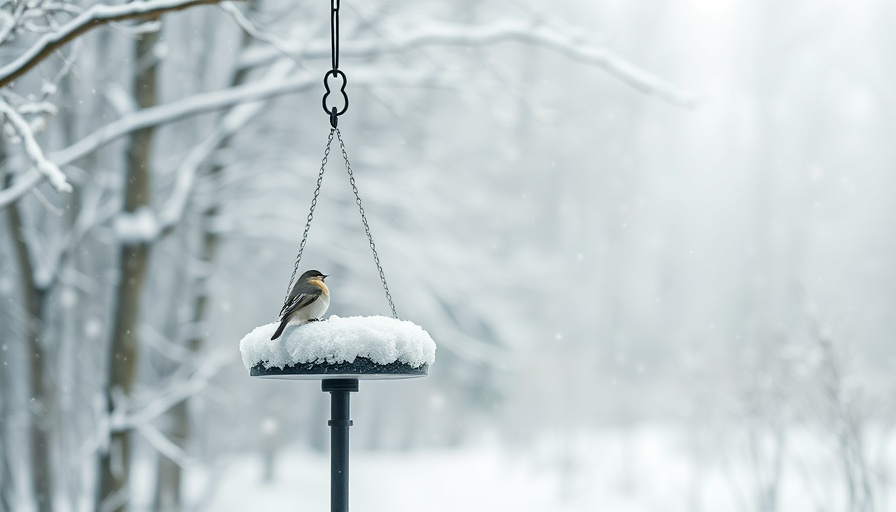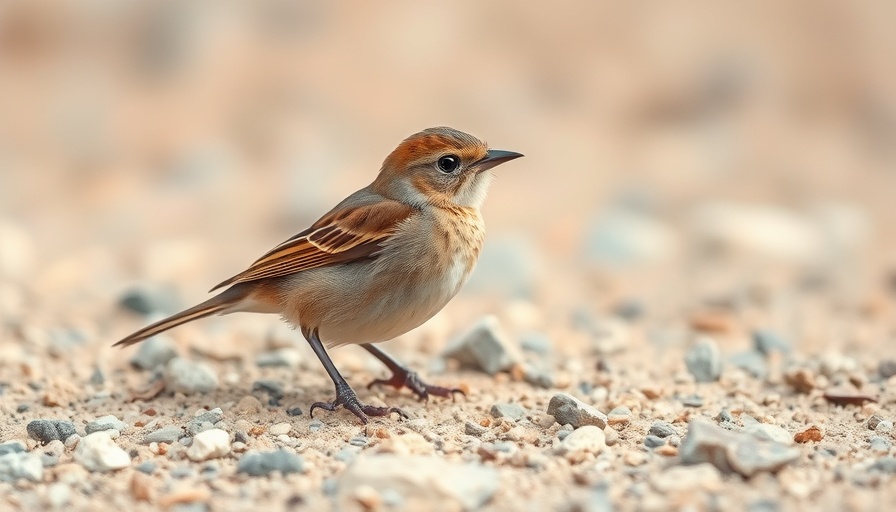
The Feeder Battlefield: Understanding Bird Hierarchies
As winter descends and food sources become scarce, backyard bird feeders transform into arenas of competition. Observers can witness elaborate social dynamics unfolding, where dominant birds assert their authority over seed-rich territories, while more timid species retreat in the face of aggression. Insights from recent studies deepen our understanding of these hierarchies, painting a picture of avian power struggles that are as fierce as they are intricate.
New Insights on Social Dynamics Among Birds
A groundbreaking study published in The Proceedings of the Royal Society sheds light on how social behaviors significantly influence competition at feeders. Researchers found that the most social species often dubbed the 'wimpy' or 'groupy' birds, such as goldfinches and chickadees, struggle to win confrontations against similarly sized rivals. This phenomenon might seem counterintuitive to bird watchers familiar with these species squabbling over resources. Instead, solitary birds like Downy Woodpeckers often display a surprising level of dominance despite their smaller size.
The Role of Companionship in Feeder Conflicts
Interestingly, it appears that social dynamics can shift outcomes when birds are accompanied by their peers. For instance, while solitary species typically dominate in competitions, social birds can gain a competitive edge from their companions—even if those companions are not directly involved in the confrontation. This camaraderie can boost their confidence and competitive spirit, leading to a more favorable outcome in disputes with other species.
Implications for Ecological Research
The findings of this research hold significant implications for understanding avian social structures and survival strategies. By examining interactions through the extensive dataset from Project FeederWatch, scientists can identify behavioral patterns that extend beyond mere physical attributes like size or bill length. This comprehensive approach is essential for unraveling the complex relationships and dynamics among bird species, illustrating how ecological systems function as a whole.
The Bigger Picture: Bird Behavior and Ecosystem Dynamics
The nuances of bird feeder interactions offer a microcosm of larger ecological principles. As birds navigate competition and cooperation, they contribute to the overall health of their ecosystems. Discovering why certain species thrive in the company of their peers while others falter invites us to ponder broader evolutionary questions. Researchers encourage birdwatchers to pay attention, as close observation during feeding times can yield new insights, potentially leading to future hypotheses in ecological studies.
 Add Row
Add Row  Add
Add 




Write A Comment